Taiwan–Philippines Indigenous Dialogue:
Building International Partnership
Cathy Teng / photos by Jimmy Lin / tr. by Phil Newell
May 2024

The Rice Terraces of the Philippines Cordilleras have been designated a World Heritage Site by UNESCO. Teams from Taiwan and the Philippines engage in exchanges in this area, creating an international dialogue. (photo by Young Shau-lou)
The connections between Taiwan and the Philippines go much deeper than most international relationships: They can be traced back to the time when Austronesian peoples migrated southward from Taiwan, which archaeological evidence suggests was the place of origin of these peoples. Research indicates that their migrations set out from Taiwan, first heading to the Philippines and then as far south as Borneo, after which they split off in two directions—eastward into the Pacific Ocean and westward into the Indian Ocean.
From these migratory routes, it is clear that there is an ancient relationship between the indigenous peoples of Taiwan and the Philippines, and there are cultural similarities as well. Both groups were the first settlers and owners of their lands, and both experienced the vicissitudes of history with alien ethnic groups invading their territories and oppressing them. Movements to uphold the rights and interests of indigenous peoples began in both countries in the 1980s, and the issue of revitalizing their cultures still persists into the 21st century. This is why links between the indigenous peoples of both nations are even more significant in the present day.
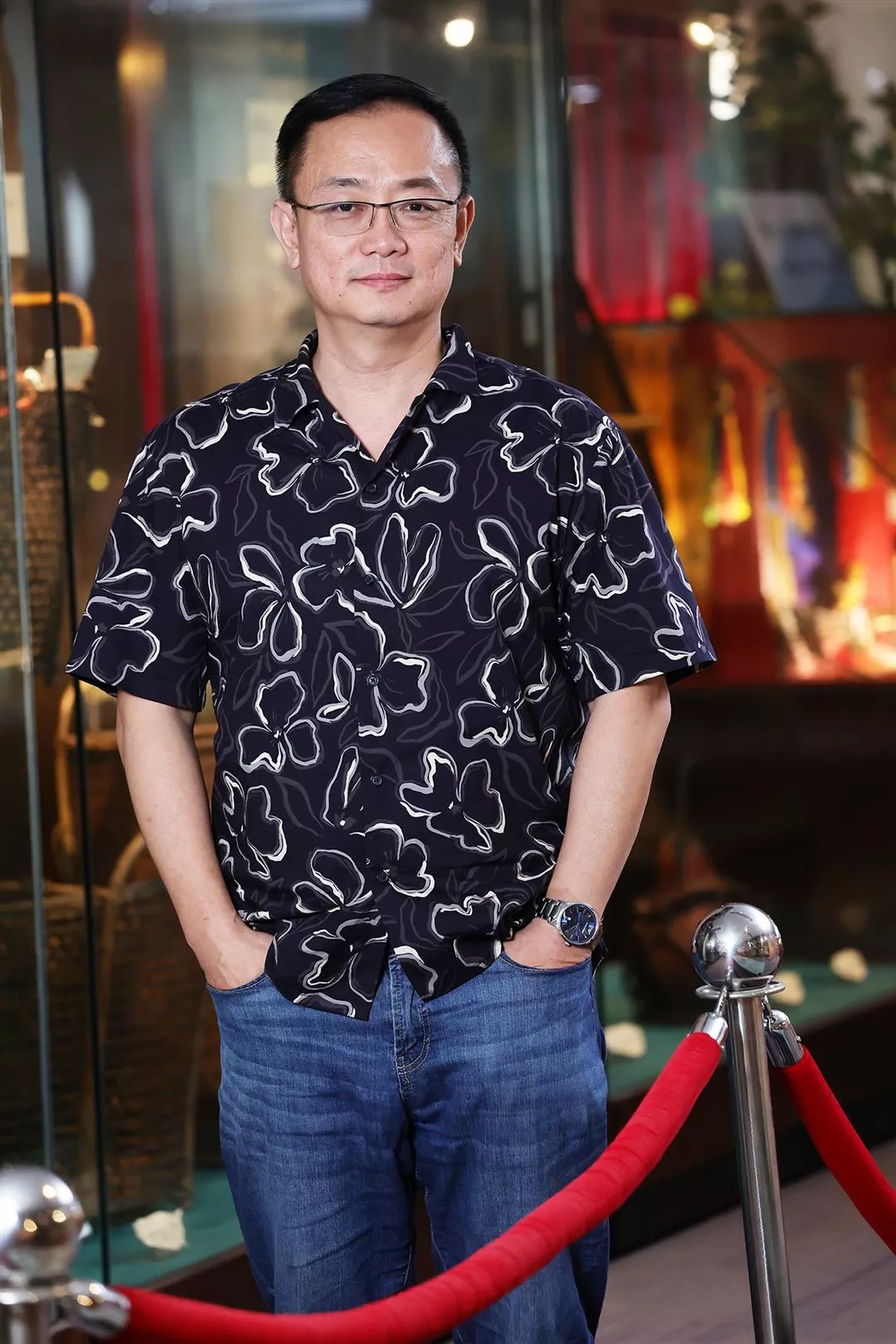
Daya Dakasi notes that under Taiwan’s New Southbound Policy, greater emphasis is given to international interactions in the areas of culture and local knowledge, as only with genuine friendship and respect can stable links be established.
A people-centered approach
On his Facebook page, Daya Dakasi (Kuan Da-wei), chairman of the Department of Ethnology at National Chengchi University (NCCU), shares a great deal of information about forums, lectures, and seminars related to the indigenous peoples of Southeast Asia. The study of Southeast-Asian Aboriginal peoples is surprisingly rich and diverse, covering a wide variety of topics both local and international in scope.
NCCU has a long history in Southeast-Asian regional studies, and has made significant advances in recent years. In 2015, the school began collaborating with the University of California, Los Angeles (UCLA) to undertake field courses in the Philippines’ Province of Ifugao. In 2016, NCCU set up its Center for Southeast Asian Studies, and in 2018, with support from the National Science and Technology Council, the school began implementing a project to establish the Science and Technology Innovation Center for Taiwan–Philippines Indigenous Knowledge, Local Knowledge and Sustainable Studies (CTPILS). This linked NCCU with international resources in the US and the Philippines. Through exchanges and interactions between the various parties, a relationship of trust gradually was established between Taiwan and the Ifugao region, and Taiwan and the Philippines set up field research bases in Ifugao, and in Taiwan at Sqoyaw (Chinese name: Huanshan), an Atayal indigenous community in Taichung’s Heping District.
In 2019 NCCU founded the Philippines office of CTPILS at the Lamut campus of Ifugao State University. “If it weren’t for Covid-19, we would have developed field schools at which students from different nations could have taken classes,” says Daya Dakasi wistfully. Nonetheless, even during the pandemic, the two sides still continued to interact via videoconferences and online workshops as they conducted transnational comparative research into indigenous and local knowledge.
Daya, who is also executive director of the CTPILS program, says that the project is in fact based on Taiwan’s New Southbound Policy. “The previous Go South Policy was focused on economic affairs, but the thinking behind the New Southbound Policy is that it should be built on deep cultural links and genuine friendship, as only in this way can economic and trade links remain stable.”
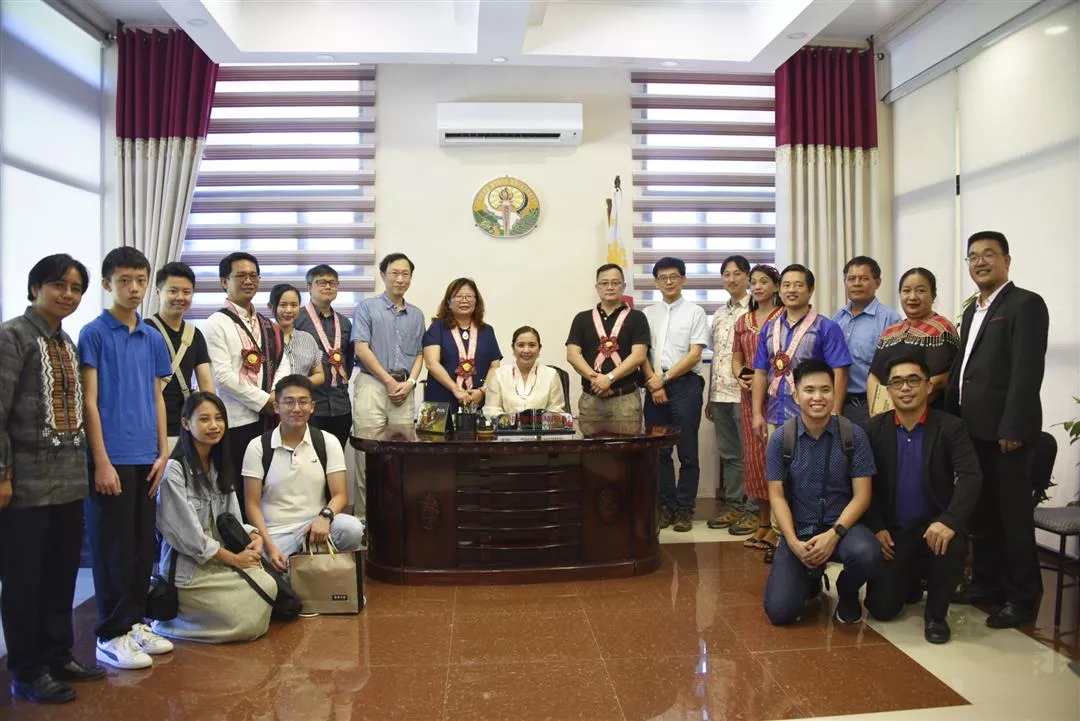
National Chengchi University has set up the Philippines office of the Science and Technology Innovation Center for Taiwan–Philippines Indigenous Knowledge, Local Knowledge and Sustainable Studies on the Lamut campus of Ifugao State University. (courtesy of Daya Dakasi)
A common challenge
“A shared feature of the historical evolution of the indigenous peoples in mountainous areas of Taiwan and the Philippines is that both were subjected to alien colonial forces quite late in the day,” says Daya. In Taiwan, it was only in the early 20th century that the Japanese colonial government subjugated the mountain areas by force of arms. As for the Philippines, though it became a colony of Spain as long ago as 1565, the authority of the colonial regime did not run across the entire territory. For example, the Cordillera mountain region of Ifugao in northern Luzon was beyond any central jurisdiction. It was not until 1898, when Spain ceded the Philippines to the US and the US set up an education system across the country, that the power of Western colonialism finally imposed effective rule over the mountain regions and so began to impact the daily lives of local indigenous peoples.
With similar backgrounds, indigenous peoples in Taiwan and the Philippines have each faced issues within their respective national entities such as how to preserve traditional culture, how to adapt to development and respond to market forces, and even questions of national identity.
Wu Yi-chin earned her PhD in development studies from the University of Sussex in the UK in 2023, writing her thesis on the interrelationship between indigenous traditional knowledge and modern civilization. For her research she spent a year in Ifugao, where she studied how indigenous people utilize traditional knowledge in daily life and how traditional knowledge and modern civilization blend together or conflict. For example, with regard to traditional cultivation, weaving, and medicine, both farming and weaving techniques are seen as important cultural heritage and their preservation has been strengthened, whereas because most Filipinos today are Catholics, traditional healthcare provided by shamans has been negatively labeled and deliberately suppressed. “The reasons why certain aspects of cultural heritage in Ifugao have been developed and others have not is not only because of their surface forms—many other complex factors are at work,” says Wu.
This is also an important focus of ethnology. In contrast to linguistics and archaeology, which focus on combing through clues from the past, ethnology emphasizes the comprehensive examination of all the issues indigenous communities face in contemporary society. “Given this perspective, we not only examine historical similarities from the past, but also look at the challenges that indigenous peoples in both Taiwan and the Philippines face from modern development in the process of decolonization,” says Wu.

Wu Yi-chin notes that in the course of decolonization, indigenous peoples in both Taiwan and the Philippines have faced challenges brought by modern development.
Links between Taiwan and Ifugao
Ifugao Province is located in the northern part of the Philippines’ largest island, Luzon. It is about ten hours’ drive from the capital city, Manila. Thanks to the wisdom inherited from the local people’s ancestors, amidst the steep valleys and ravines, stone blocks and soil have been used to restore the terraced fields for farming. Expressing a relationship of harmonious coexistence between man and nature, these Rice Terraces of the Philippines Cordilleras have been designated a World Heritage Site by the United Nations Educational, Scientific, and Cultural Organization.
Since 2015, Daya Dakasi has invited many people of various backgrounds to visit Ifugao. Based on their areas of specialization and interest, each has created opportunities for various kinds of dialogue and sharing. Daya mentions one example in which indigenous elders from Taiwan visited an archaeological dig in Ifugao: While academics took it for granted that digging at the site was not a problem, during their visit the elders repeatedly asked Daya to translate for them as they inquired whether the archaeologists had gotten permission from local indigenous communities. This experience with the elders highlighted how every player has their own perspective and thoughts, Daya explains, adding that when such conflicts arise between modern science and traditional values, there is an even greater need for participants to weigh their actions and engage in dialogue.
Wu Yi-chin shares her thoughts on the differences between the indigenous movements in the two countries: “Activists in the Philippines not only understand how to take advantage of the country’s status as a member of the United Nations, they also have a very broad perspective when discussing indigenous issues. They don’t talk about indigenous issues in isolation, but incorporate intersecting issues such as labor and women’s rights into the discourse.” In Taiwan, on the other hand, discussion is often limited to ethnological topics. “That’s kind of a shame, as it means indigenous issues in Taiwan are less often linked with problems related to other disadvantaged groups.”
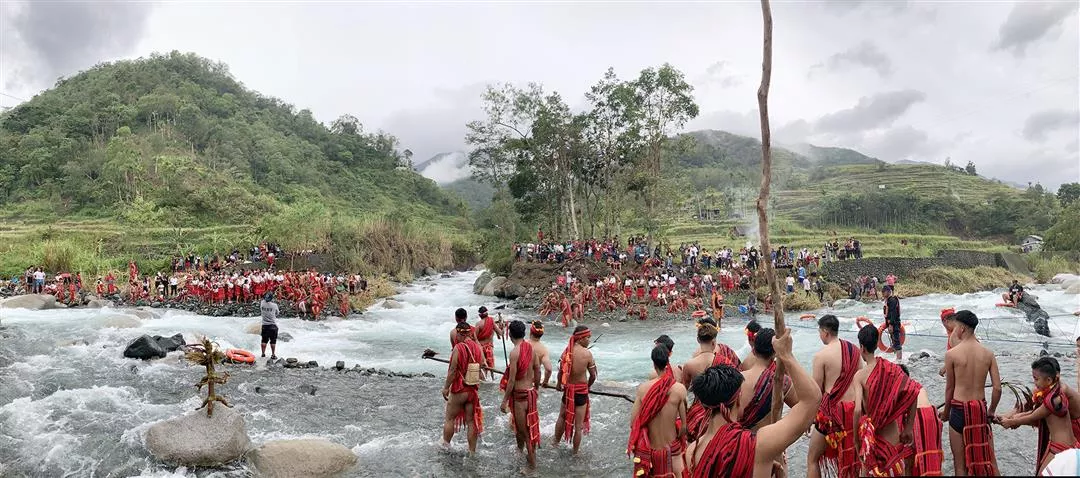
The Philippines is restoring terraced rice fields to help solve local problems of economic and social development. In the photo above, the people of Ifugao hold a riverine tug-of-war ritual and celebration (punnuk) following the rice harvest.
(photos by Young Shau-lou)
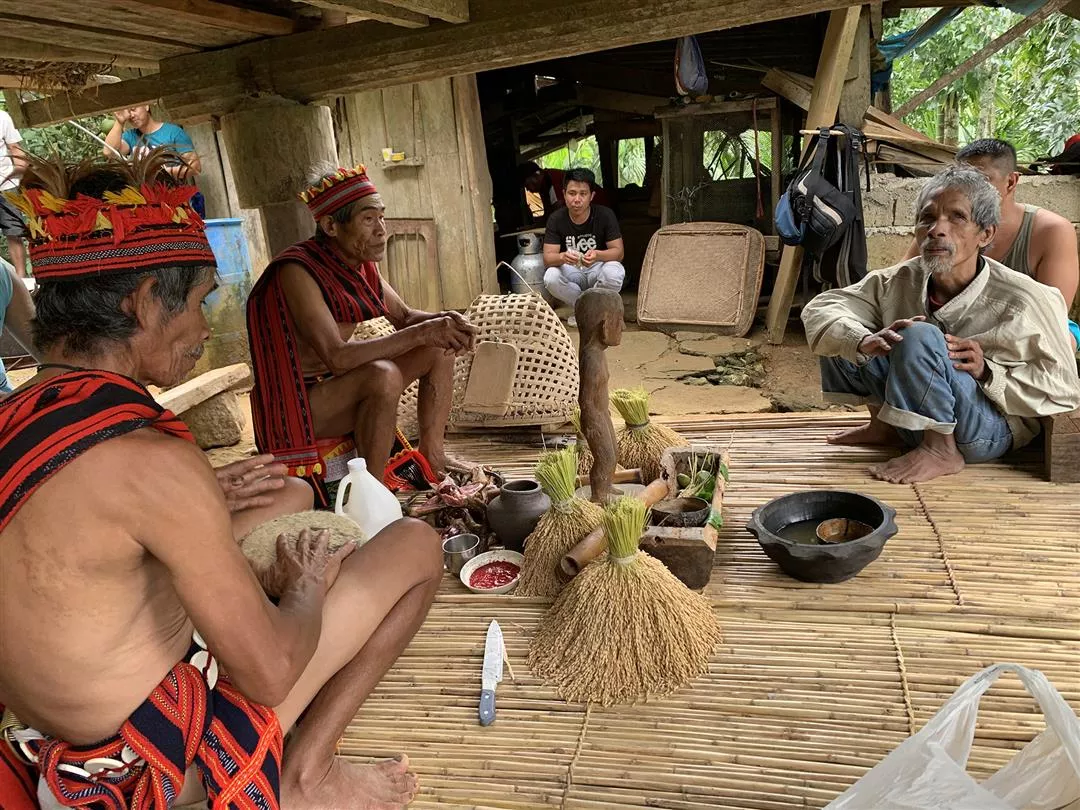
The Philippines is restoring terraced rice fields to help solve local problems of economic and social development. In the photo above, three mumbaki (traditional shamans) preside over the rice harvest ritual in Ifugao. (photos by Young Shau-lou)
Academic social engagement
Daya Dakasi tells us that in the contemporary model of indigenous studies, “One must be an engaged scholar and be able to become part of society. Research is by its very nature a form of action, and should help solve problems for communities.” Therefore, when the CTPILS program was first conceived, it was decided that bilateral exchanges should be conducted in the three areas of cultural ecology, social development, and environmental governance. For example, with regard to the restoration of rice terraces, cultural ecology focuses on the meaning of interactions between people and the environment; social development examines the underlying development issues that arise when culture becomes subject to market forces; and environmental governance is concerned with nature conservation issues, such as issues of environmental hydrology, that follow in the wake of restoration. These are all problem areas that indigenous peoples in both countries face in common, and by sharing their knowledge and experience they can find insights and examples of good practice to learn from.
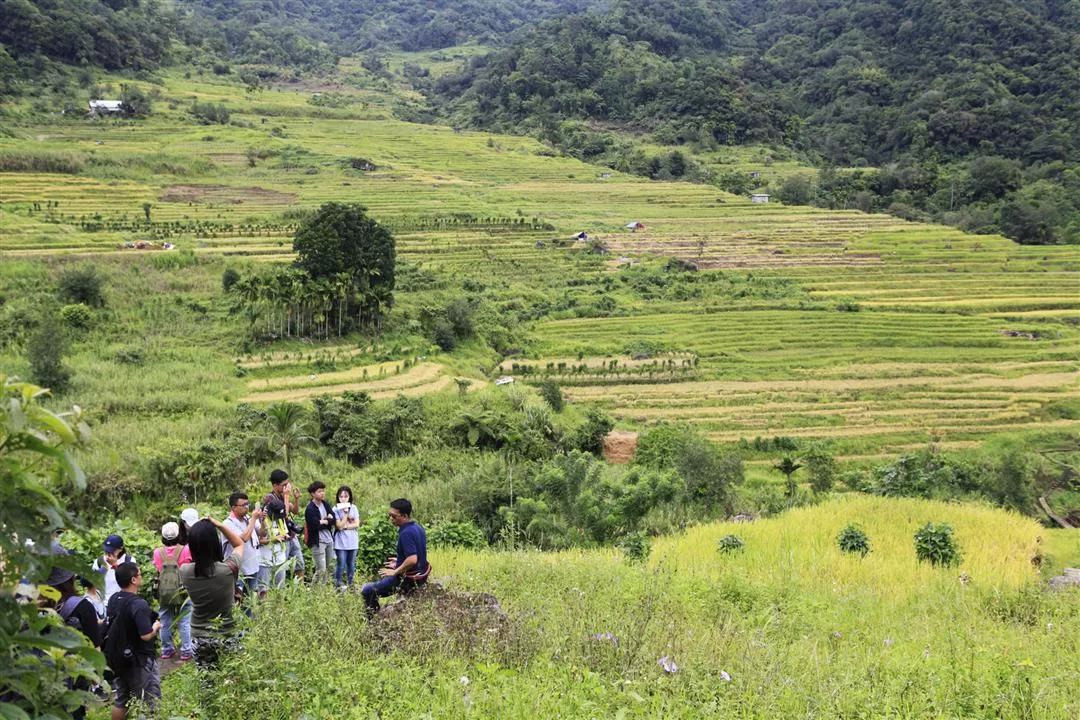
Local groups in Ifugao have turned their World Heritage Site into an open-air museum with guides. Taiwan can learn from this kind of cultural experience.
(courtesy of Daya Dakasi)
Ethnic education
Pilin Yapu, who visited Ifugao in 2022 at Daya’s invitation, is the principal of Taiwan’s first indigenous experimental school—the P’uma Elementary School in Taichung. He is also one of the “midwives” of indigenous experimental education in Taiwan.
Speaking of his impressions of that visit, Pilin says: “Taiwan has a powerful government implementing policies for indigenous peoples, whereas in the Philippines local capabilities are mainly concentrated in the universities.” Perhaps because of the great diversity of ethnic groups in the Philippines, it has not been possible to develop curriculums for each individual group. Instead, local universities help to create modules and methods for developing teaching materials and invite people from the various ethnic groups to learn from these. This approach highlights the vitality of autonomous development in the universities and the diversity of teacher training channels. Pilin sees these as advantages that can serve as a reference for teacher education in Taiwan.
In Taiwan, on the other hand, where the Education Act for Indigenous Peoples is in place, each tribe can develop their own dedicated curriculums. For example, Pilin reveals that tribal elders of the Atayal people were consulted on the core educational values of Atayal culture to distill the principles “Atayal na balay” (“becoming a genuine person”) and “Kinya lyutu na Atayan” (“having the soul of an Atayal”), thus giving a central role to the Atayal gaga (ancestral teachings). The curriculum has seven main strands, comprising 26 themes, 338 units, and a total of 2,560 classes. When Pilin told Filipinos about this system, they were amazed.
Based on his observations of curriculum content, Pilin notes that local teaching materials in Ifugao emphasize the transmission of traditional culture and handicrafts, and therefore include a lot of material on traditional weaving and carving techniques. Courses in Taiwan are more rounded, covering everything from the Atayal spirit, cosmology, philosophy, and seasonal rituals to tribal communities’ history, social organization, songs, and migration history. “We are more comprehensive.”
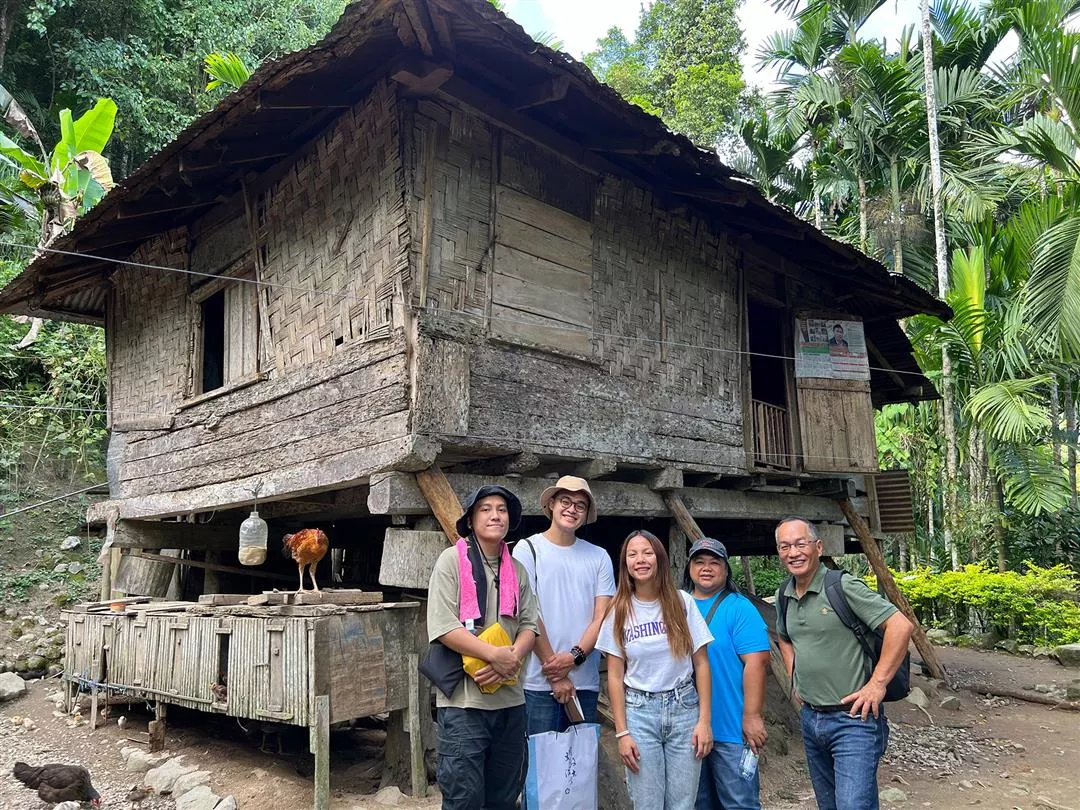
Pilin Yapu says that local education policies in Ifugao rely much more on local activists and the capabilities of universities than do Taiwan’s indigenous instruction measures. (courtesy of Pilin Yapu)

Pilin Yapu was invited to Ifugao in the Philippines to share Taiwan’s experience with indigenous experimental education. (courtesy of Pilin Yapu)
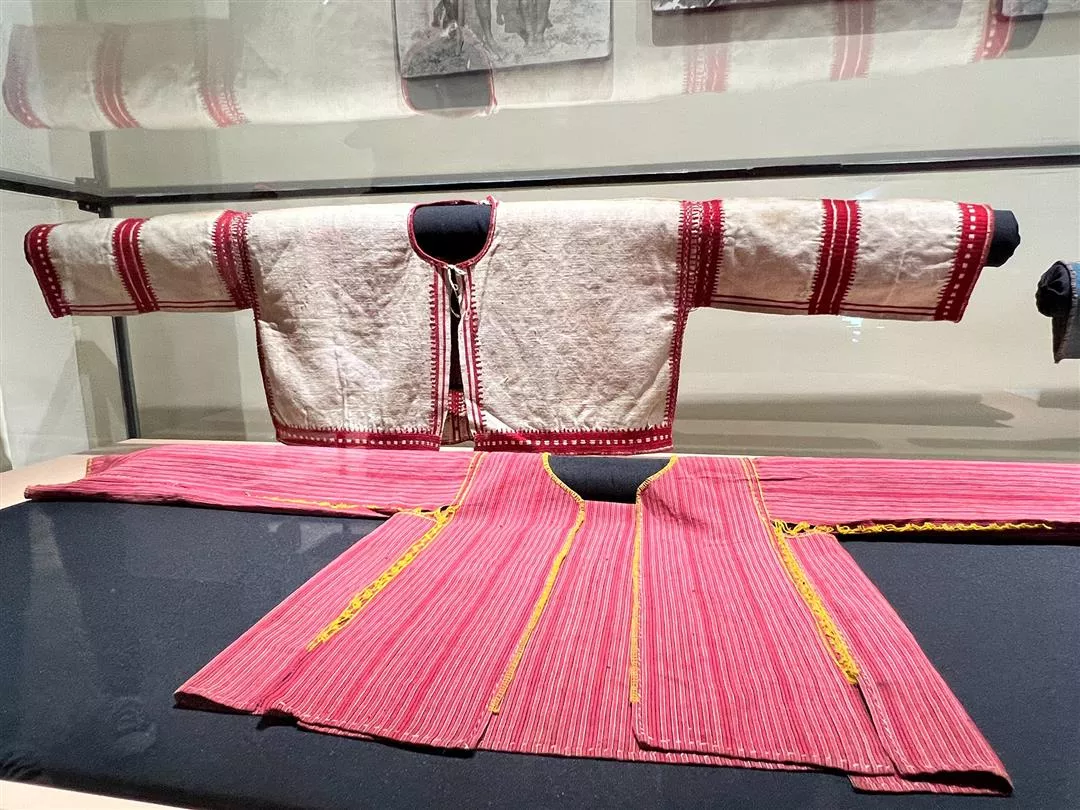
Taiwan and the Philippines are island nations that have developed unique traditional weaving styles and craft skills. Both are working hard to preserve and uphold traditional cultures. (courtesy of Pilin Yapu)
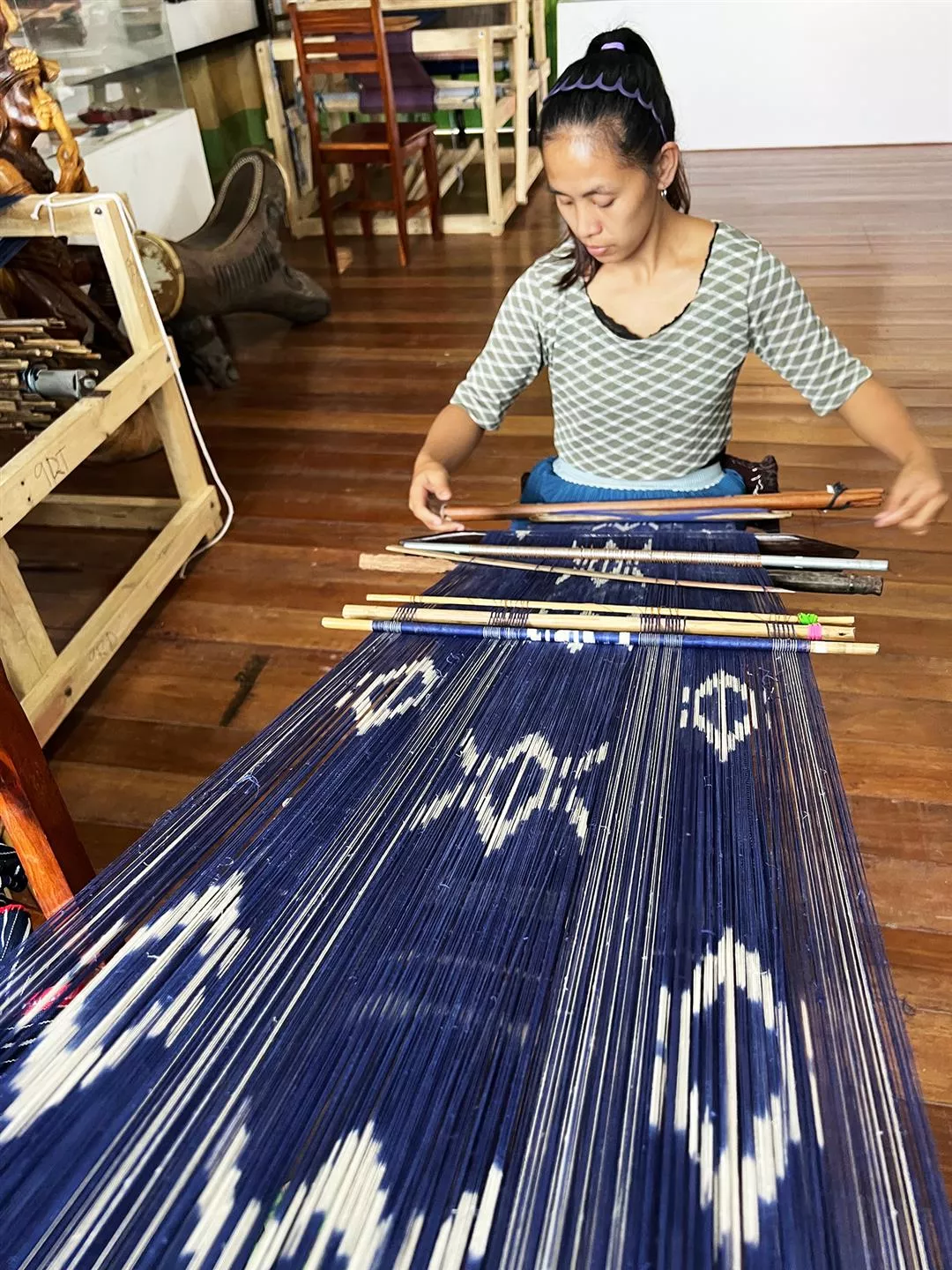
Taiwan and the Philippines are island nations that have developed unique traditional weaving styles and craft skills. Both are working hard to preserve and uphold traditional cultures. (courtesy of Pilin Yapu)
From local to global
There are many aspects of these exchanges that we do not have the space to cover here. However, these overseas visits by scholars are not simply written up into reports and forgotten, but plant seeds in the hearts of all participants that serve as the starting point for building further international connections.
In an era when the importance of indigenous knowledge is being discussed around the world, indigenous peoples in both Taiwan and the Philippines are facing the challenges of adapting traditional culture to modern society. “The local is the starting point for going global, and by sharing experiences and giving each other mutual support, indigenous peoples can face these challenges more effectively.” With these words, Daya Dakasi sums up the core value of interactions between indigenous peoples in Taiwan and the Philippines.
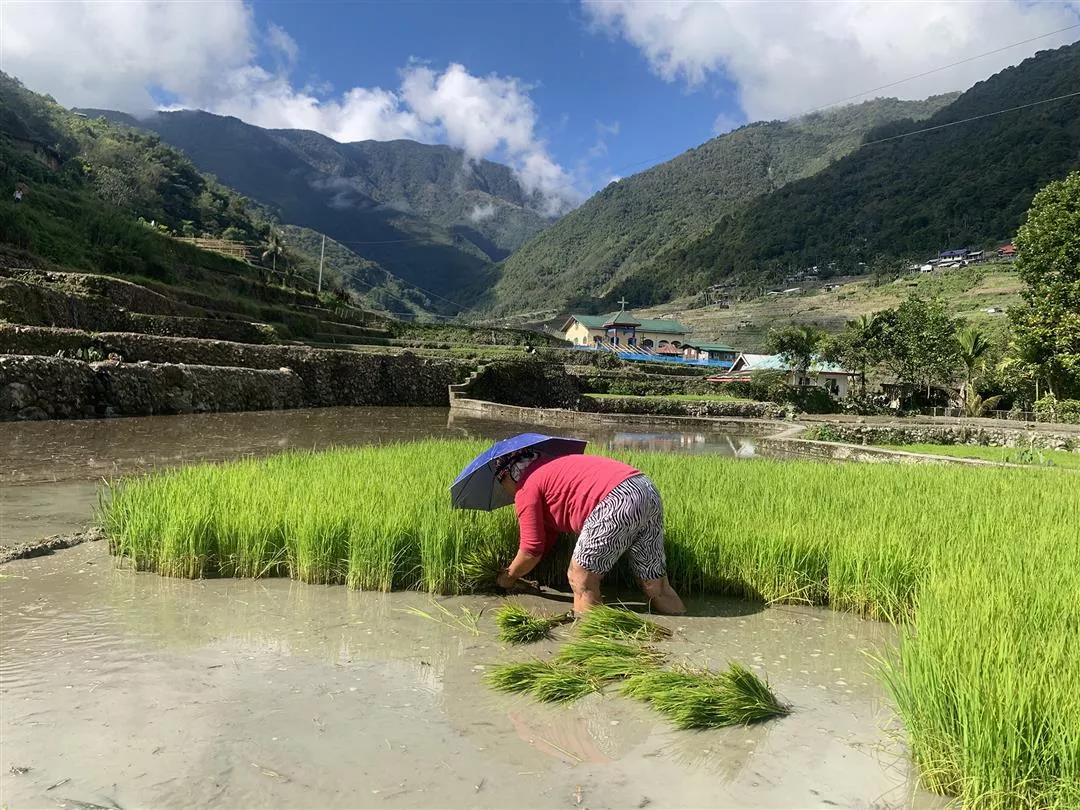
As people across the world are discussing the importance of indigenous and local knowledge, transnational links between indigenous groups take on greater significance. (photo by Young Shau-lou)





@List.jpg?w=522&h=410&mode=crop&format=webp&quality=80)
@List.jpg?w=522&h=410&mode=crop&format=webp&quality=80)
